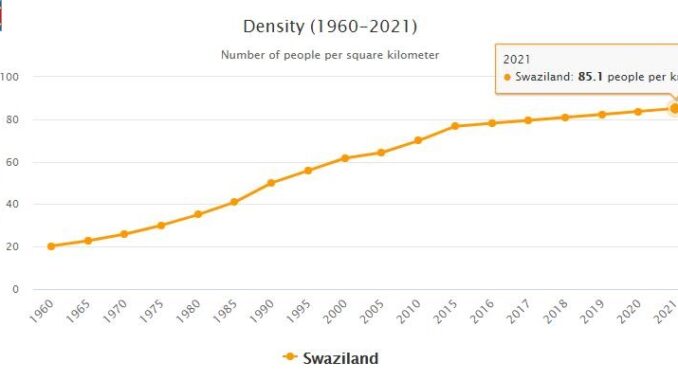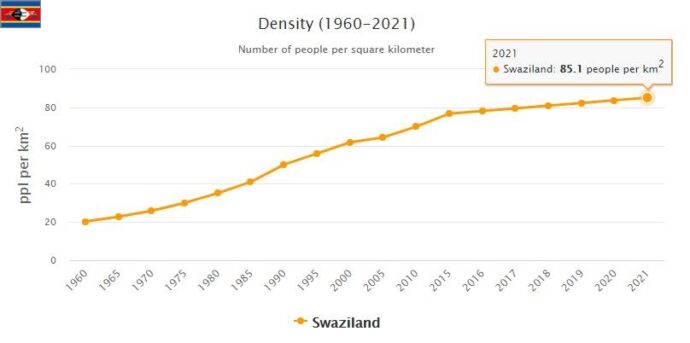
Yearbook 2013
Swaziland. According to Countryaah, the opposition demonstrated in April against the authoritarian regime, partly on the king’s birthday and partly on the celebration of four decades of absolute monarchy. Several activists were arrested and prosecuted for rioting.
In April, a prominent editor was also sentenced to the equivalent of SEK 250,000 in fines, alternatively imprisonment, accused of scandalizing the judicial system through critical articles, among other things. about a contentious chief judge. According to the bar, the chief judge was responsible for systematically undermining the independence of the judicial system.
In May, it was reported that over 40 tonnes of food aid were found rotting in the government’s warehouses. Earlier, it had been revealed that the financially pressured regime sold corn donated from Japan and used the money for other purposes. According to a report by the United Nations Food Agency (FAO), about 116,000 Swaziland people were in need of food aid, a sharp increase from 2012.
In May, the opposition also called for a boycott of the parliamentary elections, to be held in August and September. It was said that Parliament acts as a stamp on the king’s autocratic rule. Political parties are prohibited from participating in the elections, and candidates are nominated by local parishes with traditional chieftains appointed by the king.
Before the elections in Swaziland, the ANC government in South Africa made an unusual statement by calling for democracy in the neighboring country and demanding that political prisoners be released. The ANC also demanded that opposition people in exile – many in South Africa – be allowed to return freely to their home country.
The first round of elections was held in August, and before the second round in September, King Mswati declared that the country had a new political system, a monarch democracy. The king said he had received a vision of this from God during a thunderstorm, and he described the new system as a marriage between the monarch and the ballot box. The king’s statement aroused anger among democracy activists.
Of the 55 members elected – ten appointed directly by the king – after the second round, there was a democracy activist, Jan Sithole, leader of the Swaziland Democratic Party (Swadepa). Since the party is not allowed to stand, Sithole was elected as an independent candidate. He promised to make legislative proposals on freedom of expression, assembly and press and legalization of political parties. Although this is in the Constitution, it has not been confirmed in other legislation.
In November, students at Swaziland University were arrested and beaten by police when they objected to what they perceived as injustice at the university. In the Vuvulane area, demonstrative farmers were arrested when they opposed eviction from land they had access to for generations.
The American think tank Freedom House came out during the year with a shocking report on the urgent need for political and economic reforms in Swaziland. The desperate living conditions of the vast majority of Swaziland people were compared to conditions that prevail after natural disasters and armed conflicts. The constant state of emergency in the country is due to the greed of the royal family and exacerbated by incompetence and abuse of power in the government, the report said.
Population
The population of the Swaziland, 952. 000 residents according to estimates of 1998, it continues to record very high growth rates: with a birth rate of 35, 4 ‰ and a mortality rate of 9, 8 ‰ (1996), the growth rate is more than 31 ‰. As in other developing countries, however, the growth has recorded a considerable decline: compared to the five-year period 1990 – 95, the annual rate has decreased by about 10%. The distribution of the population is balancing among the various districts, presenting an average density of 55 residents/km ², without a strong push towards urbanization having emerged: the urban population (1996) constitutes just 25 % of the total, but the main centers host a few tens of thousands of residents each. Despite this, urban decentralization projects are underway, and in particular state legislative functions are expected to be established in the center of Lobamba, not far from Mbabane.
